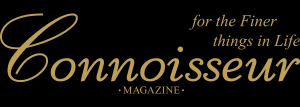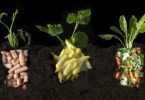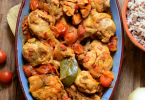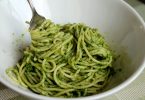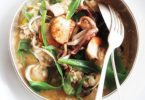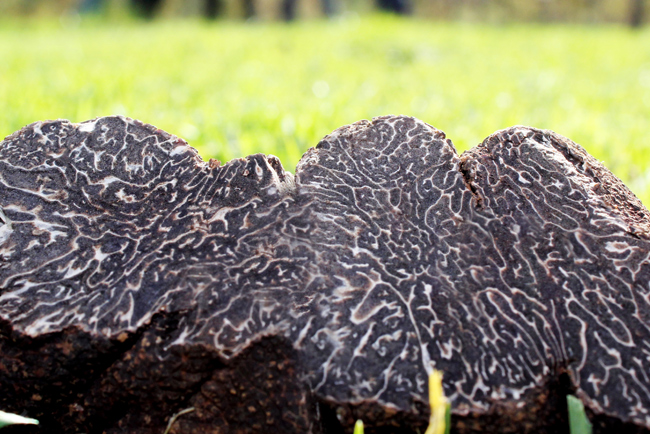
You may also like
Playing with your food
2 years ago
“COCINA MURCIANA 101 RECETAS” by Mary Luz...
4 years ago
Recipes from “COCINA MURCIANA 101 RECETAS”
4 years ago
by Staff Writer
“Pesto”
4 years ago
by Staff Writer
J’aime GALERIES LAFAYETTE- THE BEST SHOPPING...
4 years ago
by Staff Writer
The British Table
4 years ago
by Staff Writer
